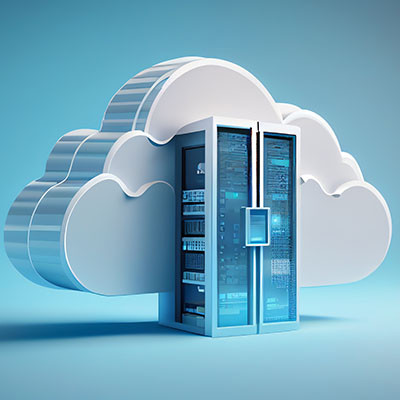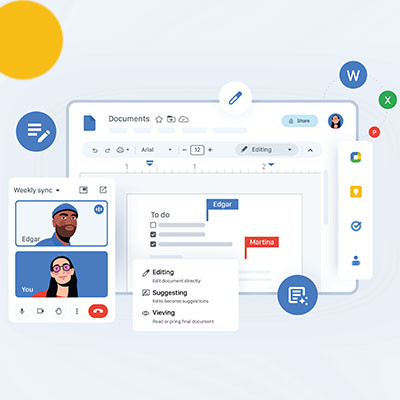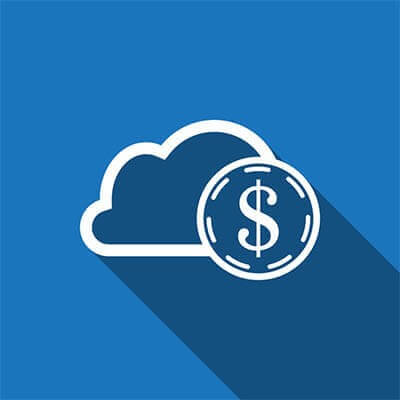Data storage is one of those things in business that only is an issue if you don’t have enough of it. It used to be a considerable challenge for businesses, but today data storage prices are dropping by 20-to-30 percent annually and it has made it feasible for any business to start using cloud computing to store business data. This month we will take a look at the benefits of cloud storage and how there is only one major problem with it.
IC Data Communications LLC Blog
Cloud computing has been touted as one of the most innovative and important technologies for smaller businesses as they look to compete with larger organizations. How it makes this possible is by offering dynamic computing environments that can help bring these smaller businesses into the information age without saddling them with massive infrastructure costs while doing so. That’s not to say that the cloud is cheap by any means, and this month we will discuss how cloud computing is a great option for nearly any business.
Cloud computing is turning into a tool that is universally used by businesses to enhance remote access and provide the scalability for tools that allow a business to get the best bang for their buck. This month, we’ll describe how modern cloud computing works and why it is such a huge potential benefit for your business.
It’s no secret that technology is a big part of today’s business, but how much money should your organization really expect to spend on your IT? Of course you need to stay competitive, but can you justify dropping huge chunks of capital on solutions that may or may not come with a visible ROI, or is that total cost of ownership (TCO) going to affect your ability to spend elsewhere? This month, we’ll talk about what technology your organization definitely needs, and go into the corresponding cost of that technology.
The cloud has proven to be an extremely useful tool for the modern business. Not only does it provide anywhere-anytime access to applications, processing, storage, et al; it also delivers those products as a service, allowing you to budget for recurring costs rather than major upfront ones. This provides your organization with functional, supported, and secure computing environments that eliminate a lot of the support costs that traditional computing environments require. It sounds like a perfect scenario for small and large businesses alike, but things aren’t always what they seem, as a lot of cloud users have found that they have incurred several hidden costs by using cloud platforms. Today, we take a look at these hidden costs.
Profitability is less the measure of being able to turn a profit, and more the measure of how much profit you can make. For the successful small business, the integration of technology can dictate what kind of annual margins you are looking at. For the new company, however, it can be something even more critical: the difference between setting a course for success, or wallowing in failure. Today we analyze the cost difference between hosting your IT in-house, or choosing to host it in the cloud.








